In this blog post, I’ll talk about LED light therapy. “LED”, here, stands for “Light Emitting Diode”.
Many different LED light therapy applications have taken the world by storm. For instance, red light therapy that uses red and near-infrared LEDs have become extremely popular in the last few years. Lately, there have also been blue LED light therapy treatments for the skin and wakefulness and green light for circulation and countering pain.
This blog post is part of a series on chromotherapy that explores all visible colours of light:
- What is Chromotherapy?
- What Does Red Light Therapy Do?
- Colour Psychology: How Colours Affect How You Feel
This blog post, on the other hand, concerns LED light therapy in general First, I’ll give you an introduction to that topic:
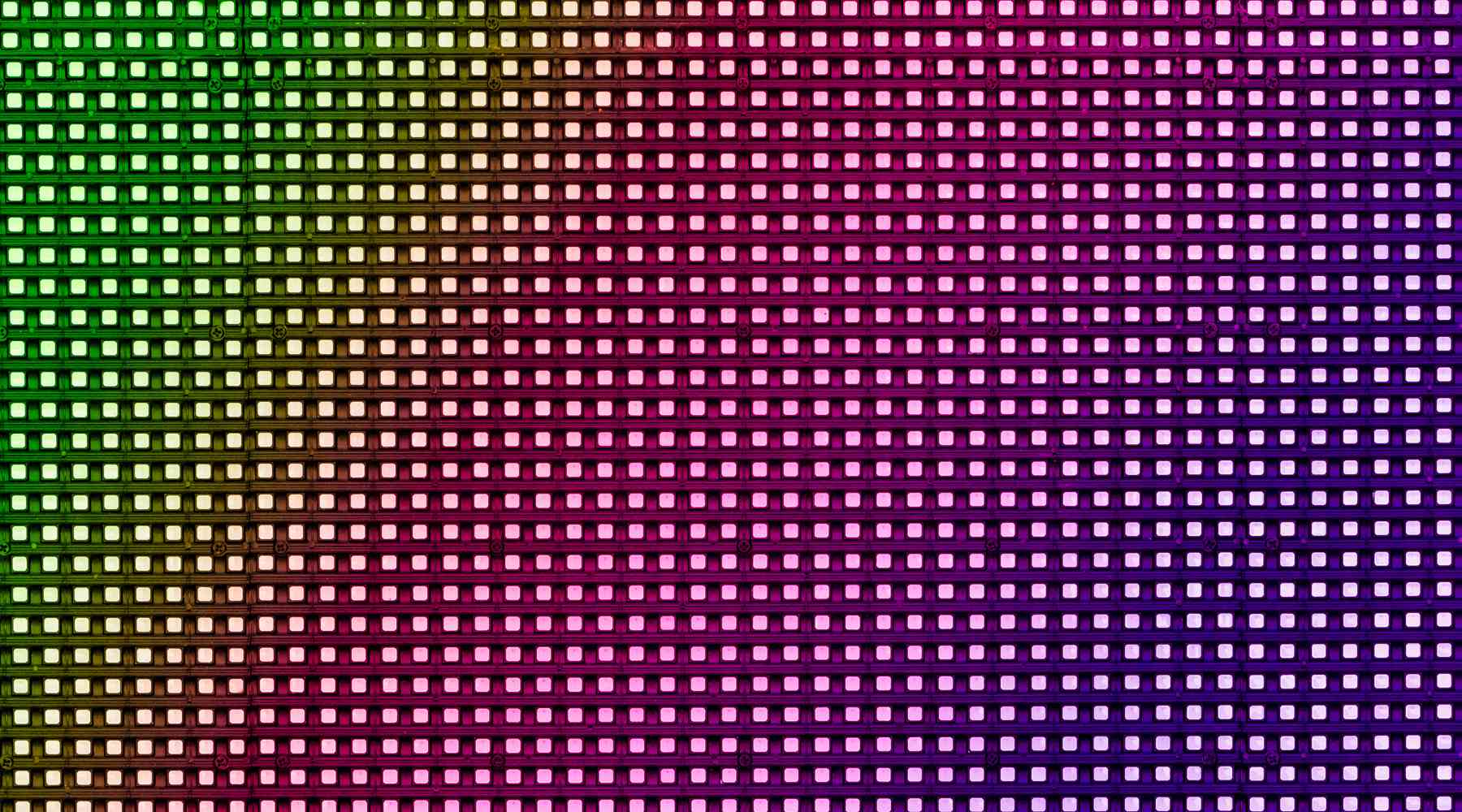
What Is LED Light Therapy?
LED light therapy uses LEDs, as the name already states, which emit light. LEDs are a new form of lighting that has only exited for a few decades now. What makes LEDs unique is that they can emit very specific types of light around a so-called “wavelength”.
All light has a particular wavelength. Blue light can be found between 400 and 500 nanometers (nm) in length, for instance. Red light is found between 600 and 780, give or take. And green light has a wavelength of 500 to 560 nanometers. These light wavelengths can be used for led light therapy treatments.
Why?
Well, light doesn’t just illuminate the room you’re in – it has a biological effect. For instance, ultraviolet light from the sun can give you a sunburn. Infrared light from the sun or an infrared sauna heats you.
Moreover, all types of visible light that we can see with the naked eye also have different effects. The human eye cannot see infrared and ultraviolet light, but it can see violet, blue, green, yellow, orange, red, and everything in between.
And depending on the wavelength, the light will enter your body superficially or very deep. Some types of ultraviolet light can penetrate the skin, while Blue and green light mostly stay at the surface instead. And red and especially near infrared, once again penetrate very deeply, up to several centimetres.
LED Light Therapy uses wavelengths of light to influence your health. Many different therapeutic applications exist of LED light therapy, such as for cosmetics, medical applications such a lowering pain or helping you deal with acne, and for psychological benefits (the effects of colours). Chromotherapy is one form of LED light therapy. That chromotherapy is used in all our saunas.
Chromotherapy is very different from the red light therapy you may have heard about. Red light therapy combined red and infrared wavelengths, while chromotherapy only emits wavelengths in the visible light spectrum.
Next up, let’s look at some of the effects these types of lights can have.
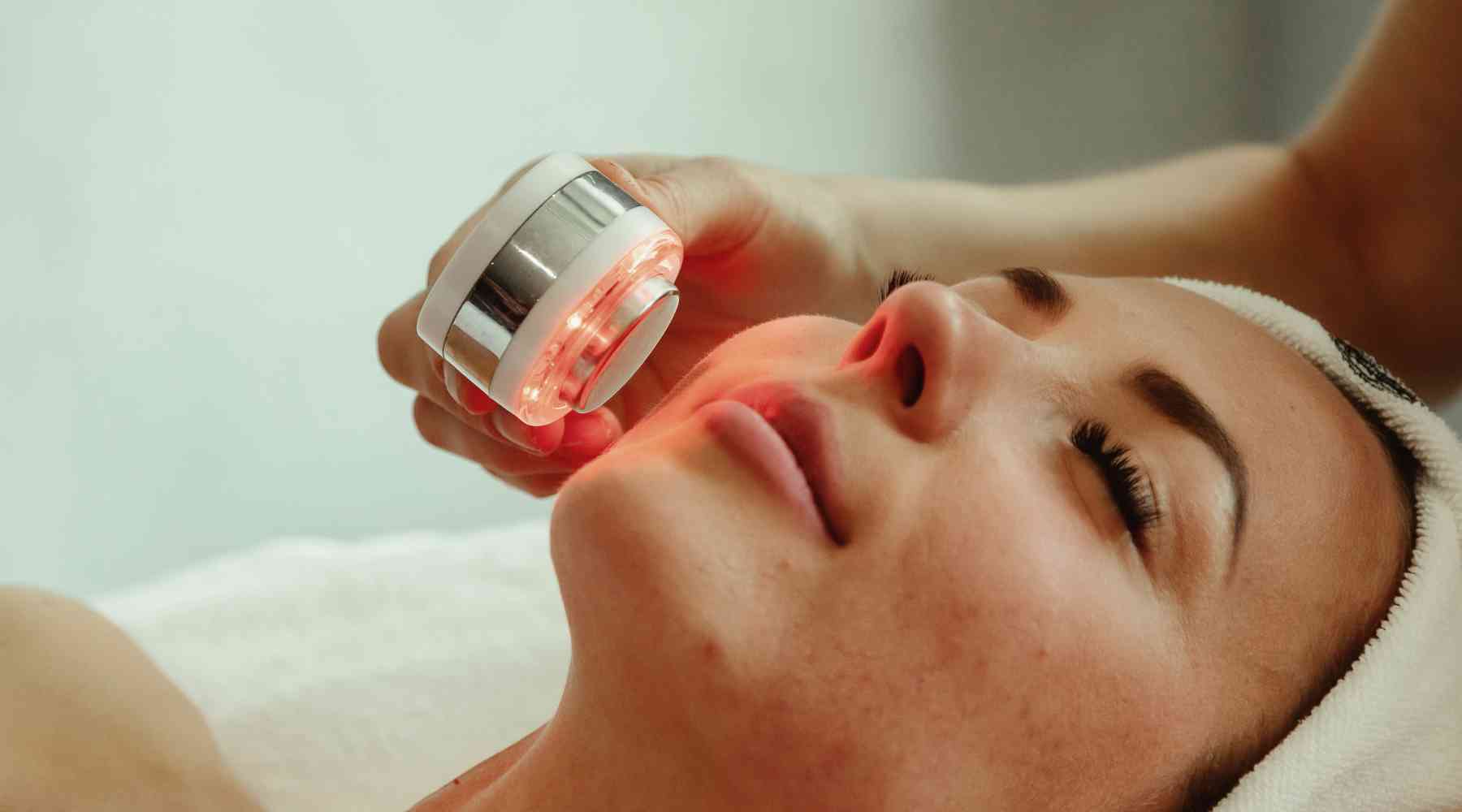
LED Light Therapy Treatments: Red, Green, Blue, And Others
I’ve written extensively about different LED light therapy treatments, such as red, green, and blue light. I’ll briefly cover some of the main effects here.
-
Purple light LED therapy improves skin health and counters several skin conditions. Blood flow, wound healing, and even bone healing may improve with purple light.
-
Blue light LED therapy, moreover, boosts wakefulness, helps you deal with skin conditions and increases skin health, may improve mood, and more.
- Cyan light LED therapy has potential benefits for bone healing, improving skin health such as in the case of acne, can boost motivation and may speed up wound healing.
- Green light LED therapy, lastly, can help you build muscle mass and lose fat, counters pain like red light therapy does, and helps your skin look better.
- Yellow light therapy, improves skin health such as its texture and has a rejuvenating effect. Hydration and collagen production also improve.
- Orange light LED therapy, furthermore, may improve cognitive function and motivation, probably lowers pain, and potentially boosts the immune system while enhancing skin health.
- Red LED light therapy, for instance, has 2,500-3,000+ studies backing it. Red has incredible of proven benefits, such as lowering inflammation, increasing your energy levels, boosting mood and anti-depressive and anti-anxiety effects, enhancing workout recovery and performance, countering several types of pain, increasing several domains of cognition, and more.
So, many different LED light therapy treatments exist. And by combining them, you’ll get the best effects. The chromotherapy inside our infrared saunas is the primary method of combining these light types, as you can create many combinations that way.
Here’s how that works.
Recall the wavelengths I talked about earlier. Here, our chromotherapy emits blue light at 405nm, green light at 540nm, and red light at 660nm. These three primary colours can be combined - as you would do with paint in elementary school - into secondary colours. Red and blue, taken together, create purple. Blue and green create orange, and green and red create yellow.
Next up, let’s zoom in on one of the effects of blue LED light therapy - to give you an example of what can be accomplished with chromotherapy:

Blue LED Light Therapy Example: Using Blue Light For Healing
About 100-200 studies have been published on blue LED light therapy. Here are a few effects blue light therapy can have on your health.
First, blue light therapy can counter skin conditions such as atopic dermatitis, acne, and psoriasis (1; 2; 3; 4). You don’t even need a very high dose for that effect, you just need to shine blue light on the skin.
Secondly, when blue light enters your eyes, it can increase alertness and wakefulness and boost your mood (5; 6; 7; 9). Evolutionarily, sunlight has played the role of the primary source of blue light exposure for humans. However, due to malillumination (buildings that are too dark), most people aren’t exposed to sufficiently strong light during the daytime anymore. For that reason, adding blue light exposure to your daily routine, during the day, can aid health and performance big time.
Thirdly there’s likely an effect on serotonin (10; 11; 12). Serotonin makes you feel that all is well and is one of the most essential brain signalling compounds. Many other effects of blue light therapy exist as well that I won’t go into, but these three benefits have solid scientific backing.
Now, like blue light therapy, there’s similar evidence for benefits in green light, and far more evidence for red light therapy. Other colours have effects as well, such as violet, yellow, and orange, although they don’t have that many studies investigating their effects.
Lastly, let’s conclude:
Conclusion: Welcome To The LED Light Therapy Revolution
I hope you see that LED light therapy is truly promising. Many different colours of light, such as blue, red, green, orange, and yellow, all have specific health benefits. Some colours have been heavily researched here, such as red. Blue and green also have decent evidence, and the remaining colours mainly have demonstrated benefits in animal studies.


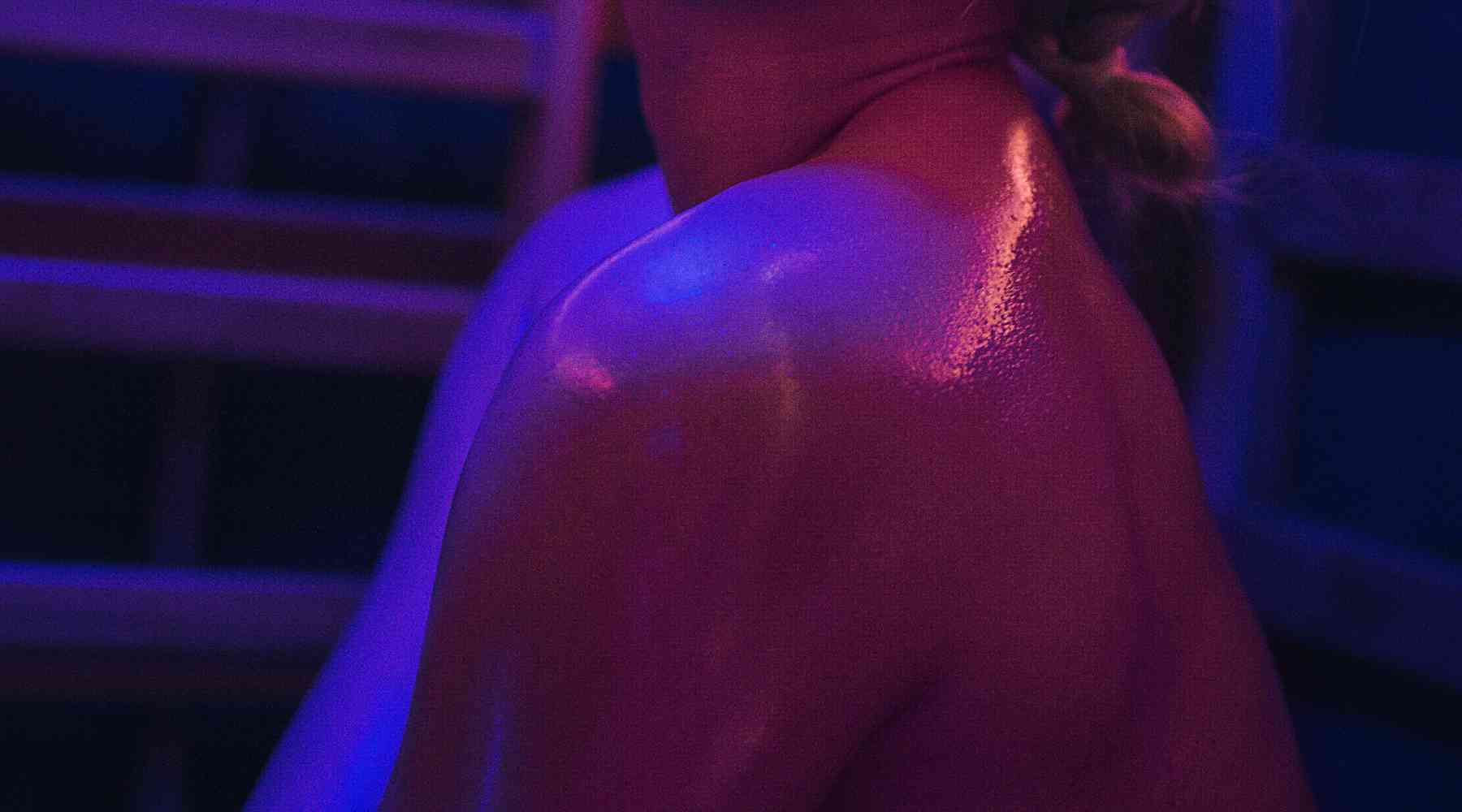
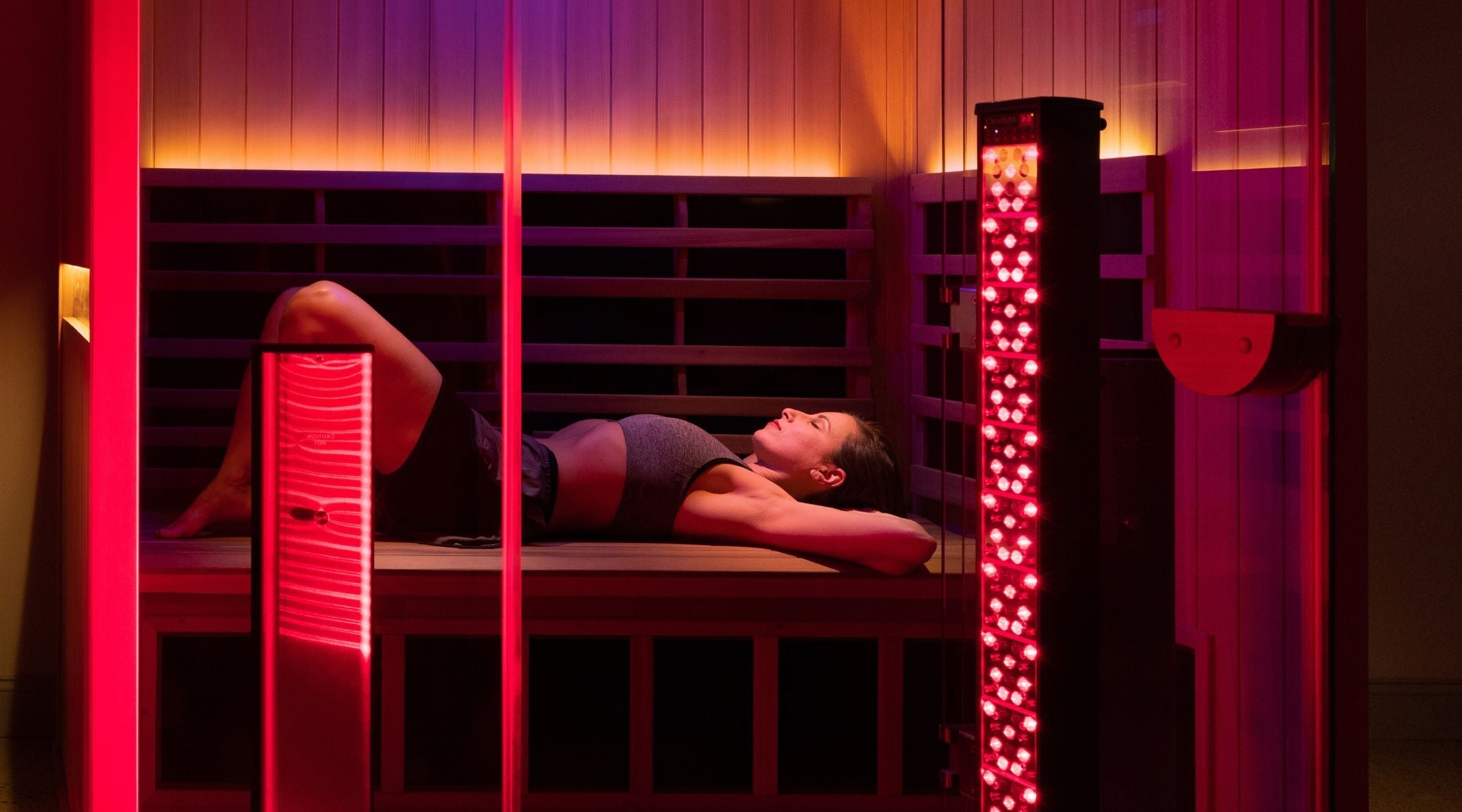
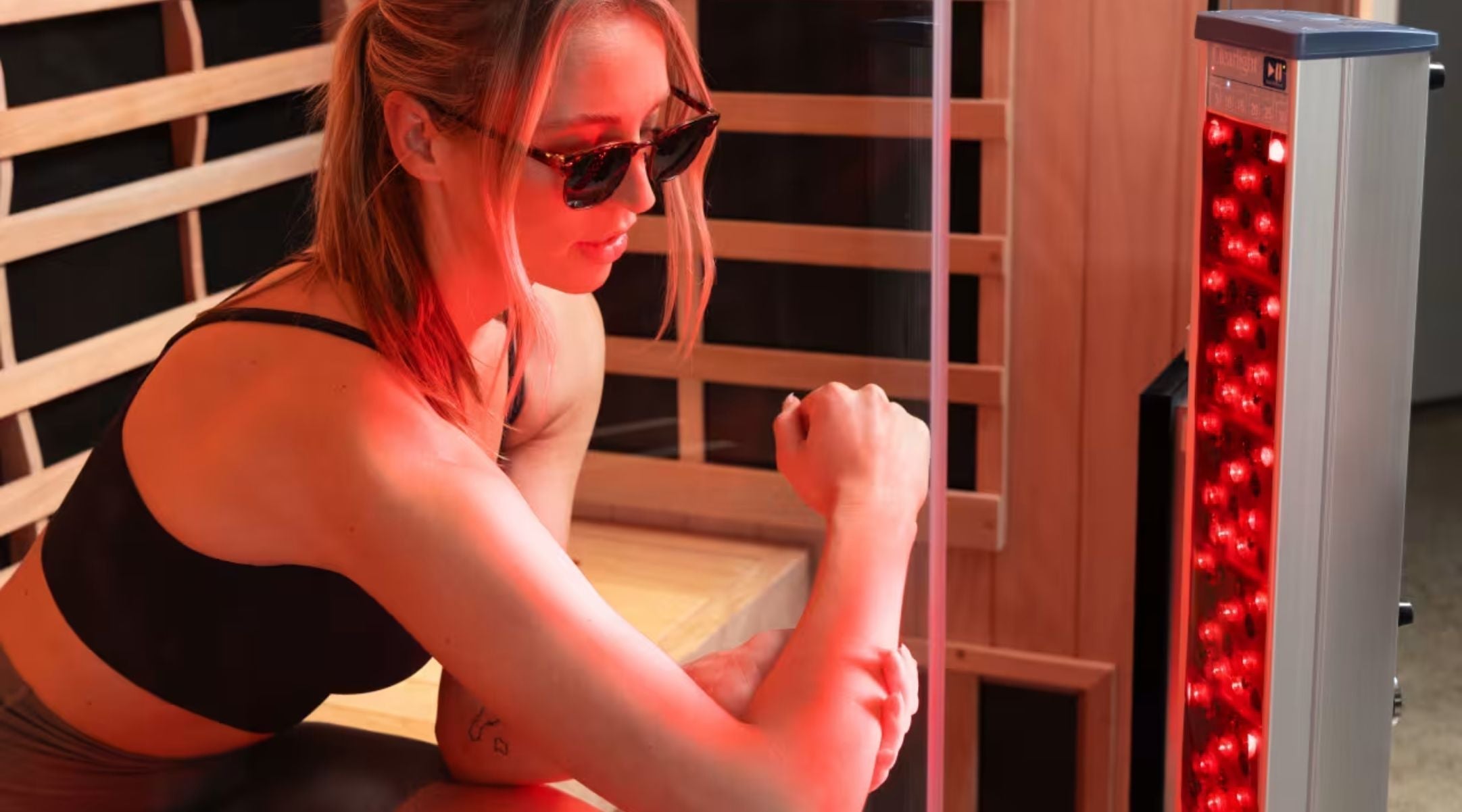

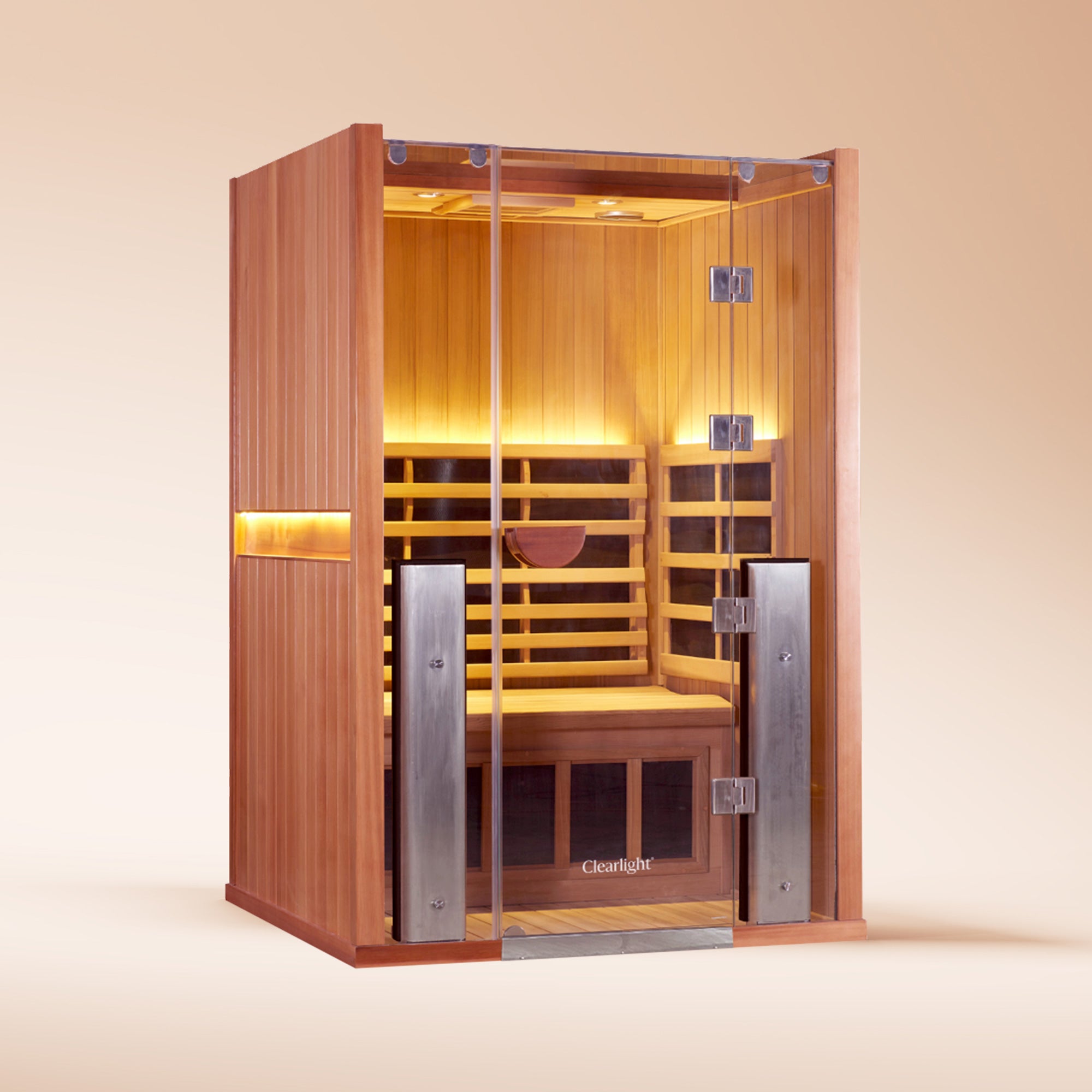

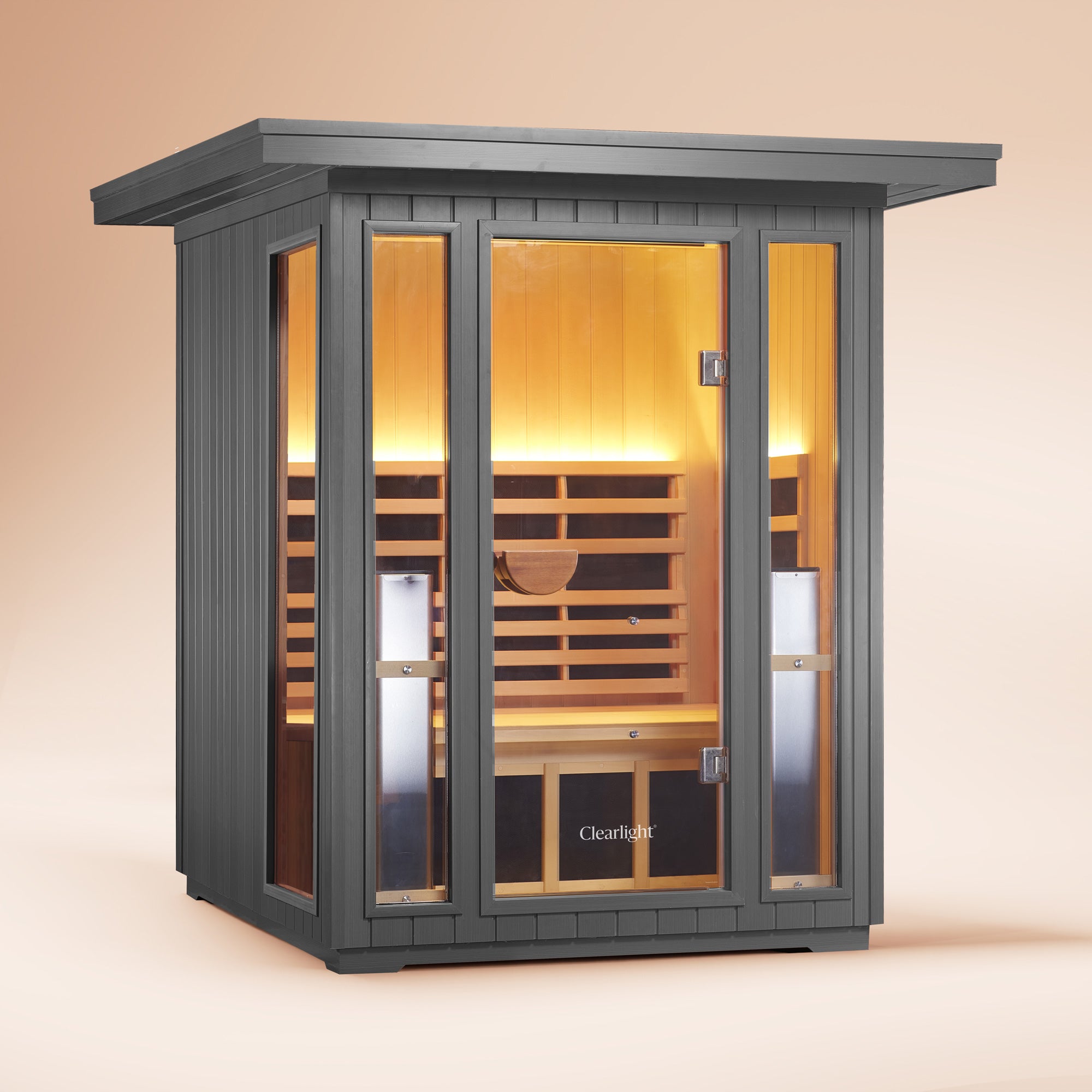

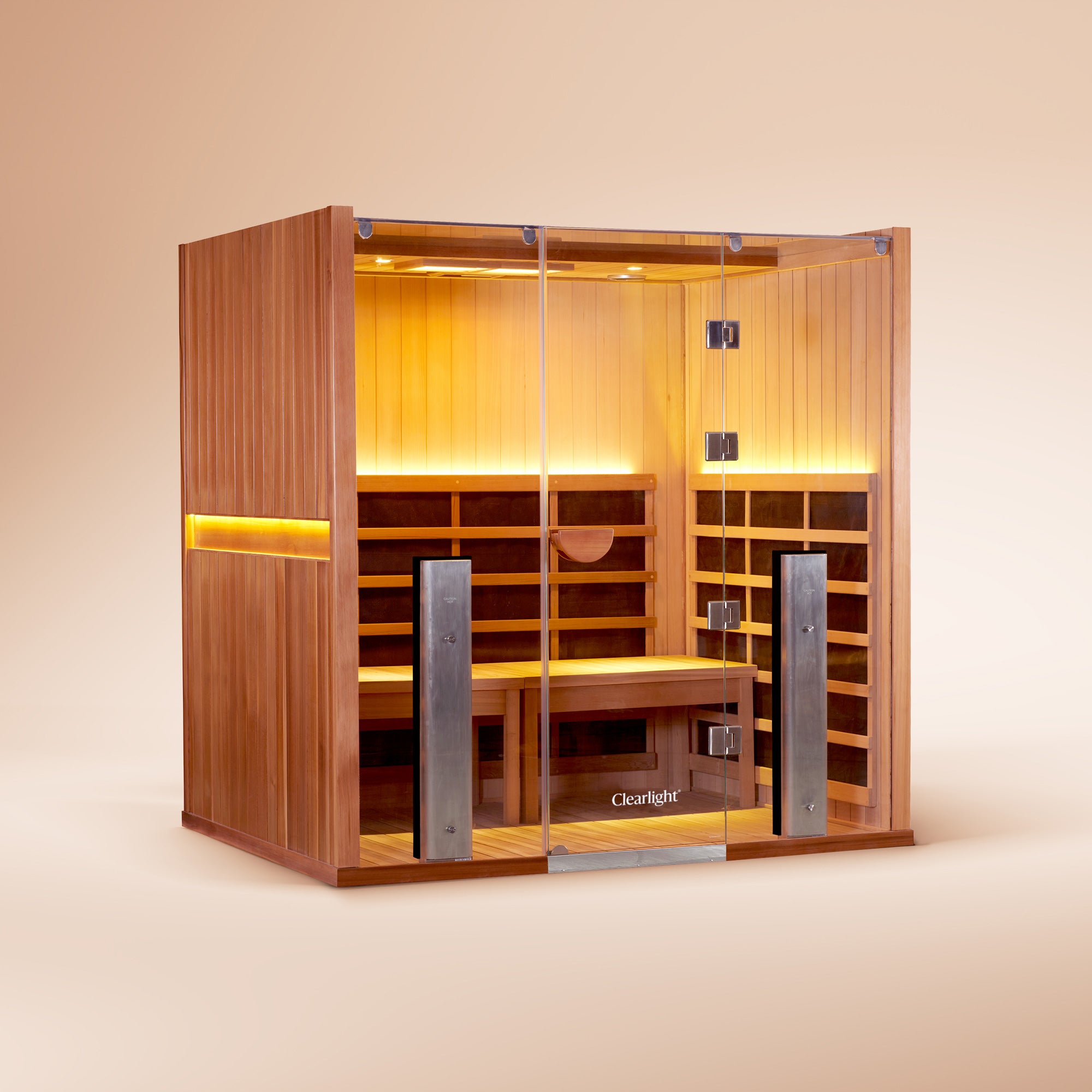
Infrared Saunas for Natural Detoxification
Infrared Saunas for Natural Detoxification